The Vittala Temple, Hampi is well-known for its exceptional architecture and unmatched craftsmanship. Built during the reign of King Devaraya II (1422 – 1446 CE), it was expanded and enhanced during the reign of Krishnadevaraya (1509 – 1529 CE).
The Maha Mantapa is a grand one comprising of four mantapas (halls) on 4 sides. It’s replete with tall, well-ornamented pillars and decorated ceilings with intricate carvings all around.
The Ranga Mantapa is one of the key attractions of the Vittala Temple renowned for its 56 musical pillars. Each main pillar is surrounded by 7 minor pillars emiting different musical notes when tapped – currently tapping on them is banned for the sake of preservation though.
Another significant feature of the temple is its richly sculpted Stone Chariot. The Stone Chariot or Ratha standing in the front courtyard has the deity of Garuda.
The temple complex has many halls, shrines, Gopuras and pavilions – such as Maha Mantapa (4 halls in itself!), Mukha Mantapa, Ranga mantapa, Kalyana Mantapa, 100-pillared Mantapa, Sukanasi and Garbhagriha.
The temple complex is a standing testimony to the creativity and architectural excellence of the sculptors and artisans of the Vijayanagara era.
Vittalayara Bazaar (Market) is in front of the temple that’s a km long! It was once a thriving market place. Pavilions adorn both the sides of the market with a wide street of 40 metres-wide in between.
Location: https://goo.gl/maps/qja7o9qdL3mByWA58
#drive #hampi #nature #heritage
About Hampi:
Hampi (Kishkinda), Karnataka is situated on the banks of river Tungabhadra 340 km north of Bengaluru.
With more than 1,600 monuments covering ~40 sq kms, Hampi is a World Heritage Site and World’s Largest Open-air Museum.
Hampi, referred to as Kishkinda in Ramayana, has ancient history traceable to thousands of years.
Most of the current day ruins were built by Vijayanagara kings during 1336 – 1565 CE.
Hampi at one time was most prosperous and considered to be the largest city in the World. As per the chronicles of European and Persian travellers, Hampi had dedicated trading markets for diamonds, pearls, silks, brocades, and had opulent palaces, marvelous temples, royal quarters, embassies for foreign emissaries, massive fortifications, large pools, baths, water management systems, aquaducts, pavilions, stables, riverside features, pillared halls, Mandapas, memorial structures, gateways and defence check posts.
Hampi – it’s a living museum!
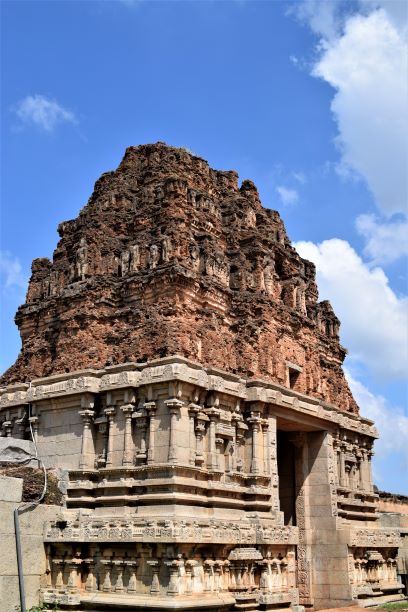
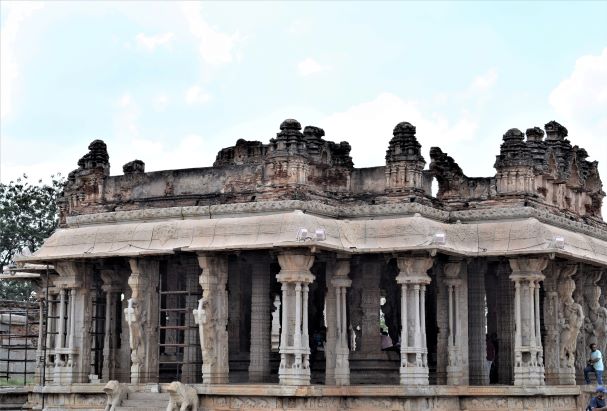
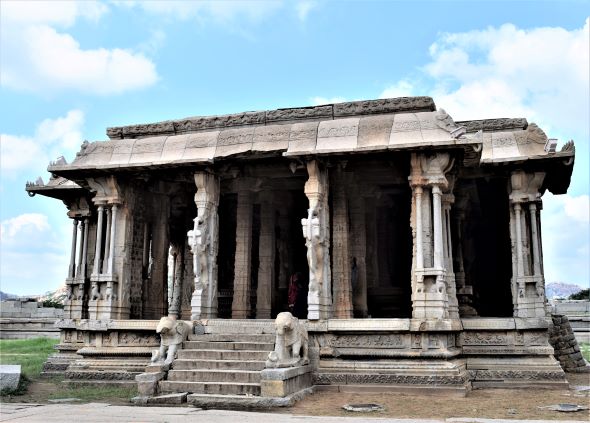
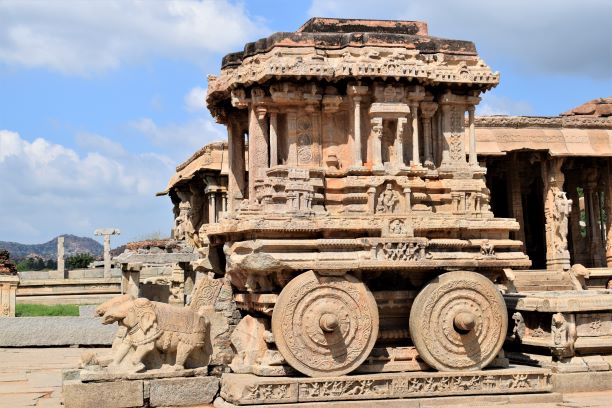
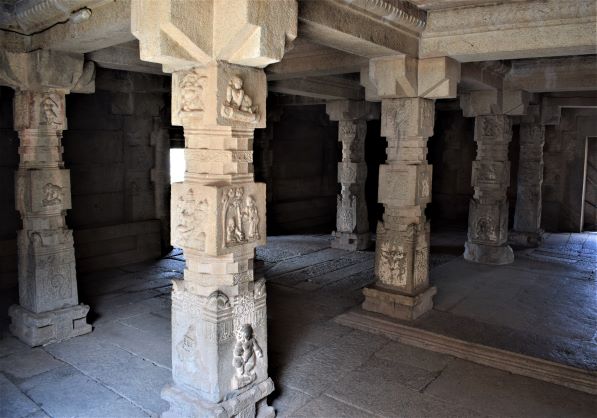
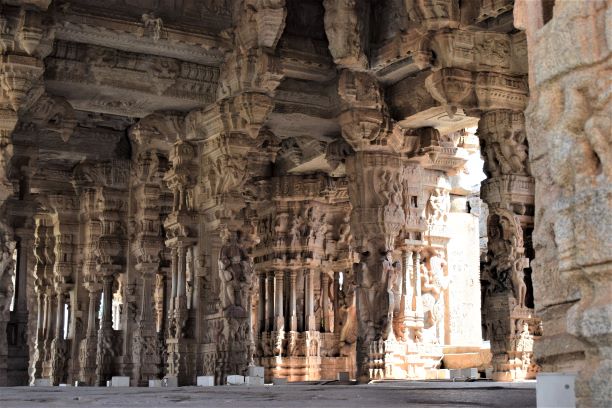
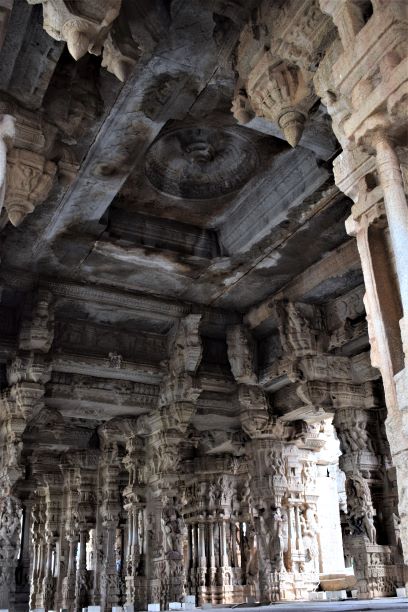
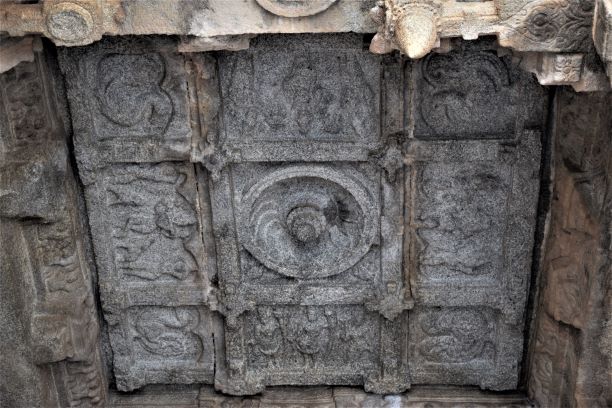
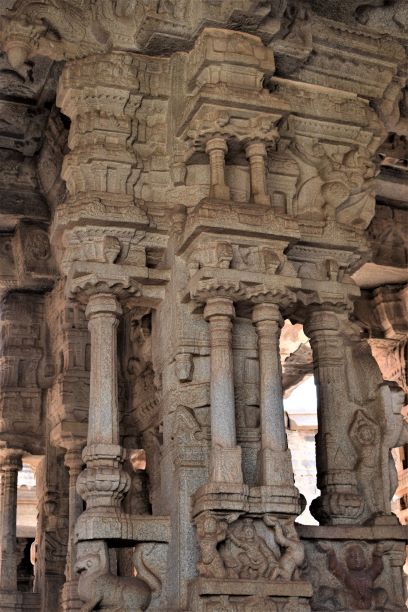
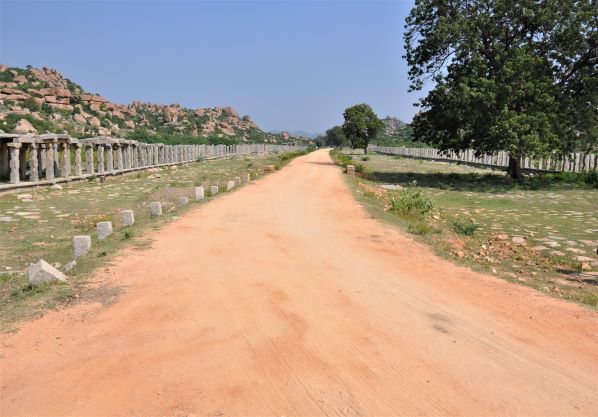
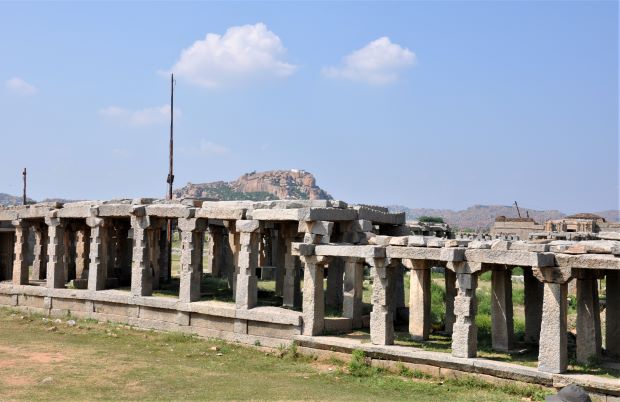
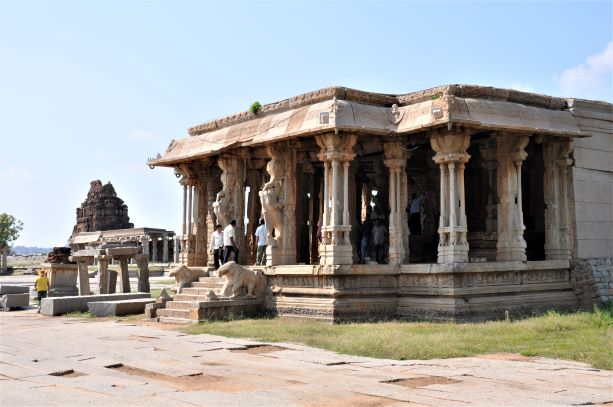
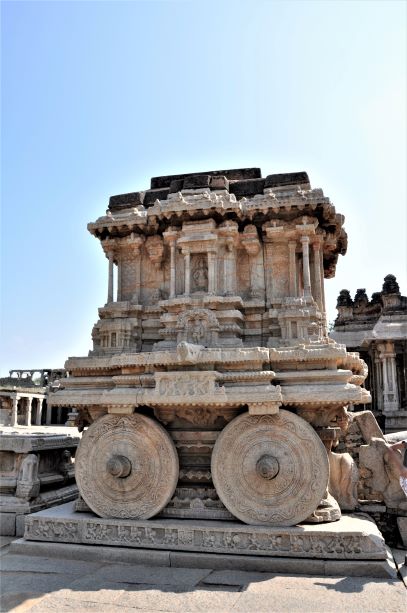
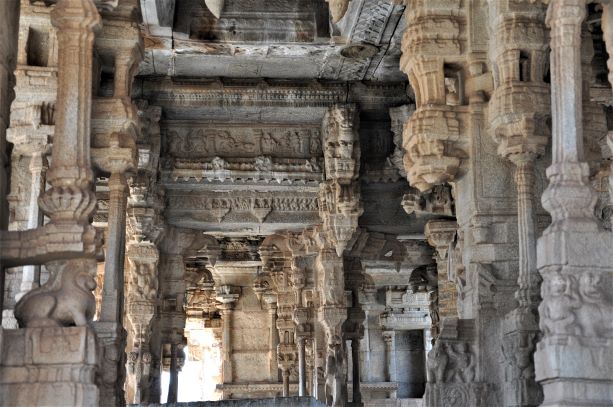
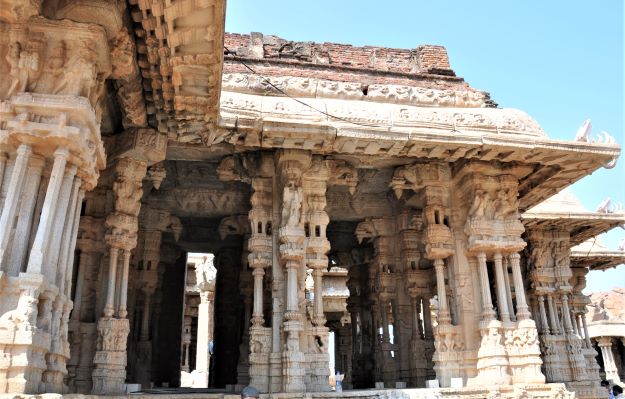
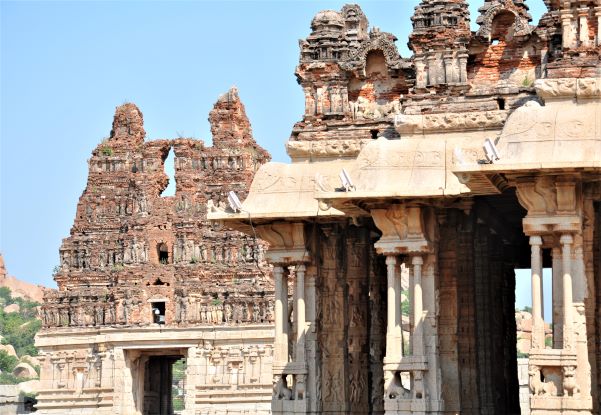
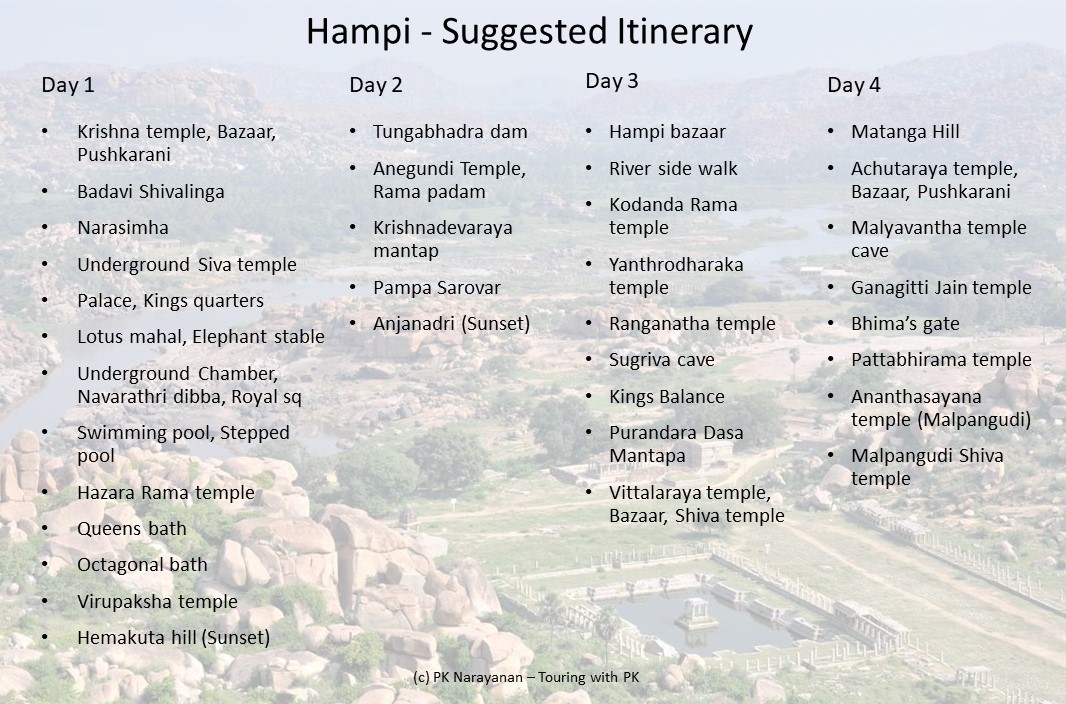

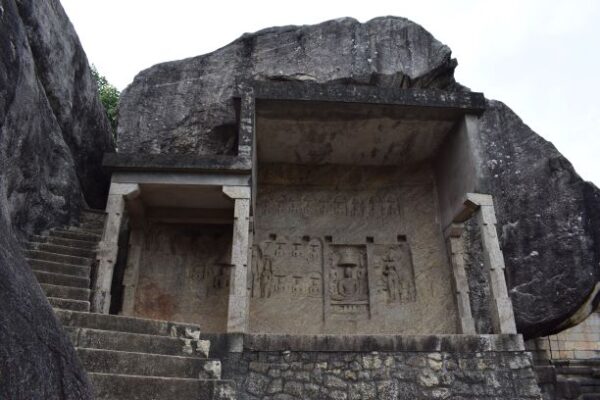
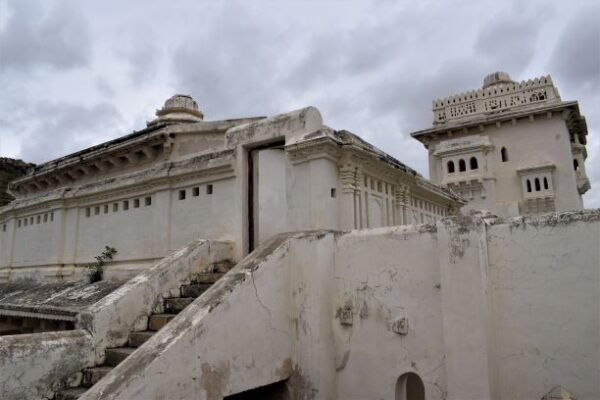
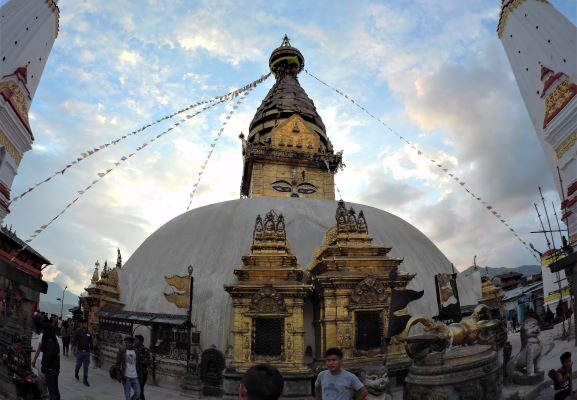
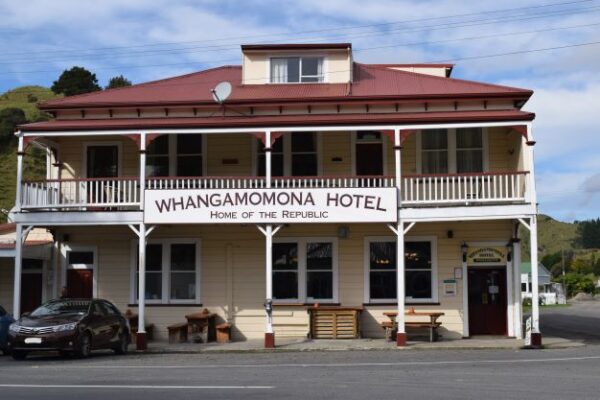
nice place
Thank you!